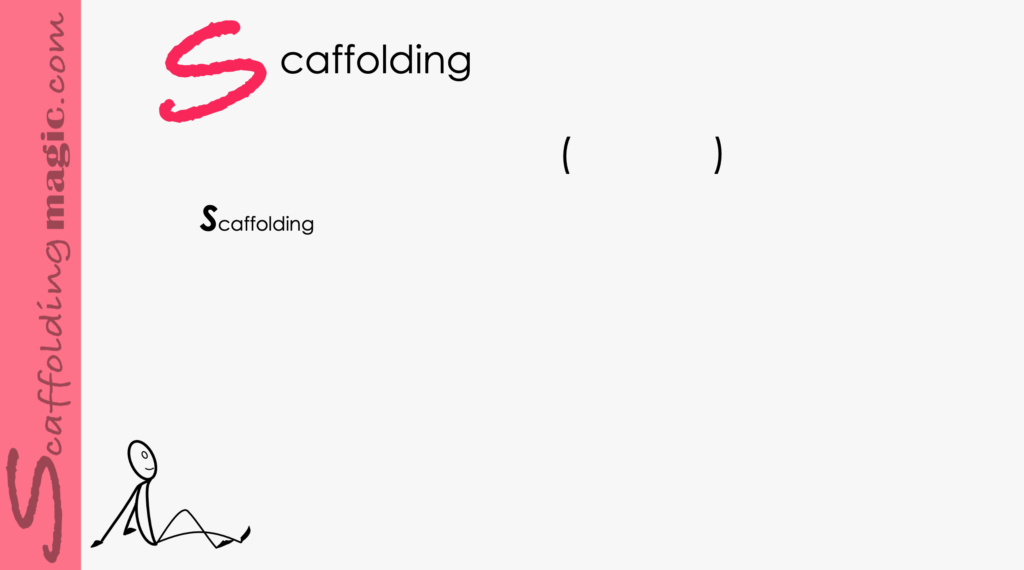You caught a beauty!!!
Download PDF of scaffold here.
A popular form of scaffolding is brainstorming or mindmapping, which is a form of assessing students’ past knowledge of any given topic. However, it is far from ideal as it tests students in a public manner, potentially embarrassing them. Further, only one student participates at a time as the interaction ordinarily is that the teacher asks a questions and calls on whichever student raises her or his hand first. Beginning in Pre-School, studies have shown that the dynamic brings up the students’ fears of evaluation, of being judged, of appearing foolish in front of their classmates, of making possible linguistic mistakes and/or for sharing ideas that are esoteric and might not be accepted by peers. This result may not be as obvious in our young learners, but the seed is planted at this time, and there are techniques we can use to save our students the impact.
Brain Writing is an effective alternative. Less known than mindmapping or brainstorming, brain writing gives students the opportunity to share ideas in a safer setting. Not only does the dynamic relieve students of the anxiety of the public classroom forum in which they have to ‘perform’ , but it raises the quality and quantity of their output so they can more confidently move forward in their learning. The scaffold ends by synthesising information, which promotes acquisition of long-term memory which, in turn, increases the number of synaptic connections in the brain, Ultimately, this increases brain function. Giving the students the time to participate in this dynamic helps them to move the information into longer-term memory and they will begin the upcoming unit with greater chances of overall comprehension.*
You´ll see an example below for a Natural Science class – seasons. You´ll see how easy it is to adapt to whatever lesson you´re about to begin.

*Doidge, Norman (2007). The Brain that Changes Itself
Download Scaffold in Word
Download Scaffold in PDF
Activity Template


Scaffoldingmagic.com is your entryway into DYNAMIC bilingual learning methodologies, such as Phenomenon-Based Learning, CLIL, EMI, and ESL. You’ll find ways to implement critical thinking tools (DOK) to promote higher level thinking, the growth mindset, instill an ethic of excellence, deep reflection on learning, and all through multi-cultural, interdisciplinary activities. We have the keys to turning competences into action and to creating collective efficacy in your school so you move ahead as a unified, enthusiastic team.



